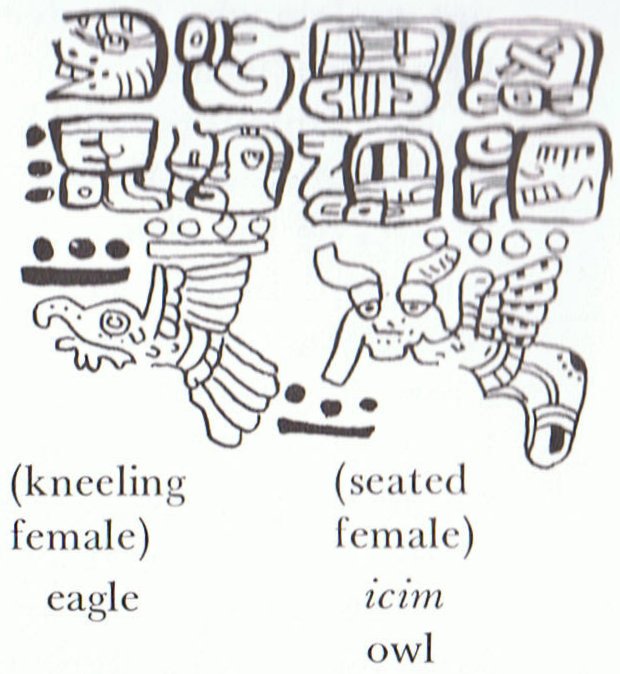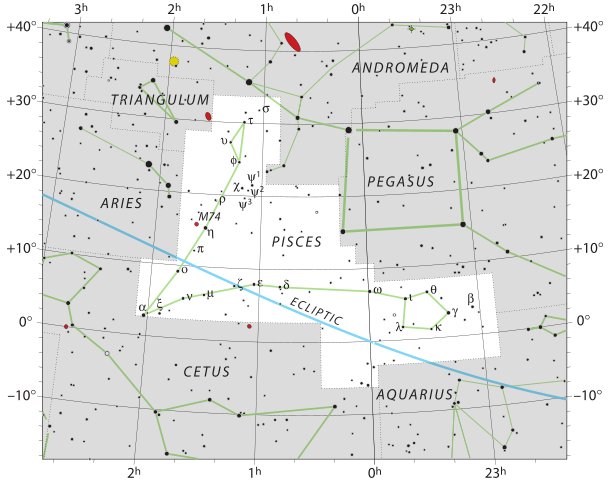The pair of 'reddish ones' could refer to the 'colour of blood' in the west where Sun was descending (in contrast to a red dawn in the east). In the Mayan structure there were 4 cloudy months with raindrops (like grapes) beyond midsummer and then came Mac (red meat, flesh) and Skeleton Ribs (Kankin). William Gates (An Outline Dictionary of Maya Glyphs): "Six glyphs at least are clearly pictographic in base: Pop, mat; Sotz, bat; Xul, ?; Kankin, skeleton ribs; Moan, falcon; Kayab, turtle." "... the above collocations suggest that 340 may mean 'meat, flesh'. The two kinds of food, meat and bread in general, are sharply distinguished throughout Indian usage and language ..." Although his glyph 340 is not identical with the Mac glyph they are similar, and I guess the colours white followed by red in Sac respectively Ceh are mirrored in Mac followed by Kankin - the red of meat respectively the white of skeleton ribs - signs of the dead body devoured by the birds in the west. I doubt Moan was a falcon, it should rather be another bird of prey e.g. a vulture. Though when it grows dark a better picture would be that of an owl (or a bat). The closed mouth of Moan probably is in contrast to the opening of the mouth at dawn (or in spring), as illustrated in Zotz:
Earlier in my efforts to get some grip on the Mayan structures I noticed the similarity between the name of one of 8 birds and the month name Moan:
There was an owl (muan) at the end of the sequence. And another owl (icim) was also a seated female. Those who kneel are followed by those who are seated and possibly owls were indicated by the strange tail form. September 22 (equinox) - with Hasta - arrived a week after Uttara Phalguni:
However, the text should maybe be perceived as night-oriented and with the Gregorian π day March 14 in the center of 5 dark nights:
Below the Pegasus Square lies the southern of the Pisces pair, with ι and λ aligned like a pointer towards the central region of the square:
| ||||||||||||||||||||||||||||||||||||||||||||||||||||||||||||||||||||||||||||||||||||||||||||||||||||||||||||||||||||||||||||||||||||||||||||||||||||||||||||||||||||||



























